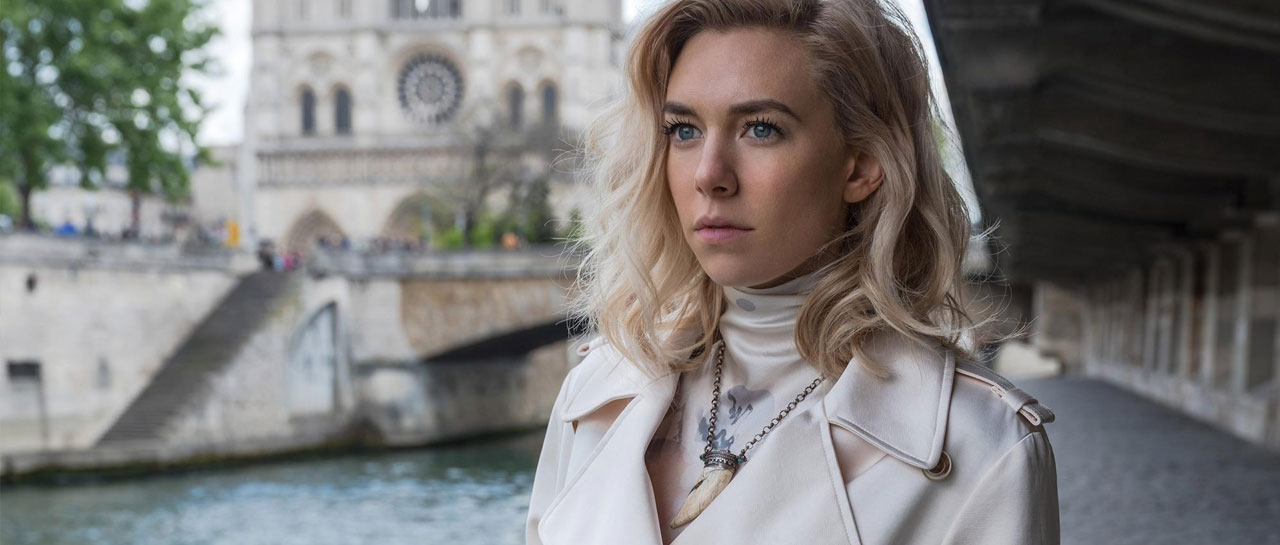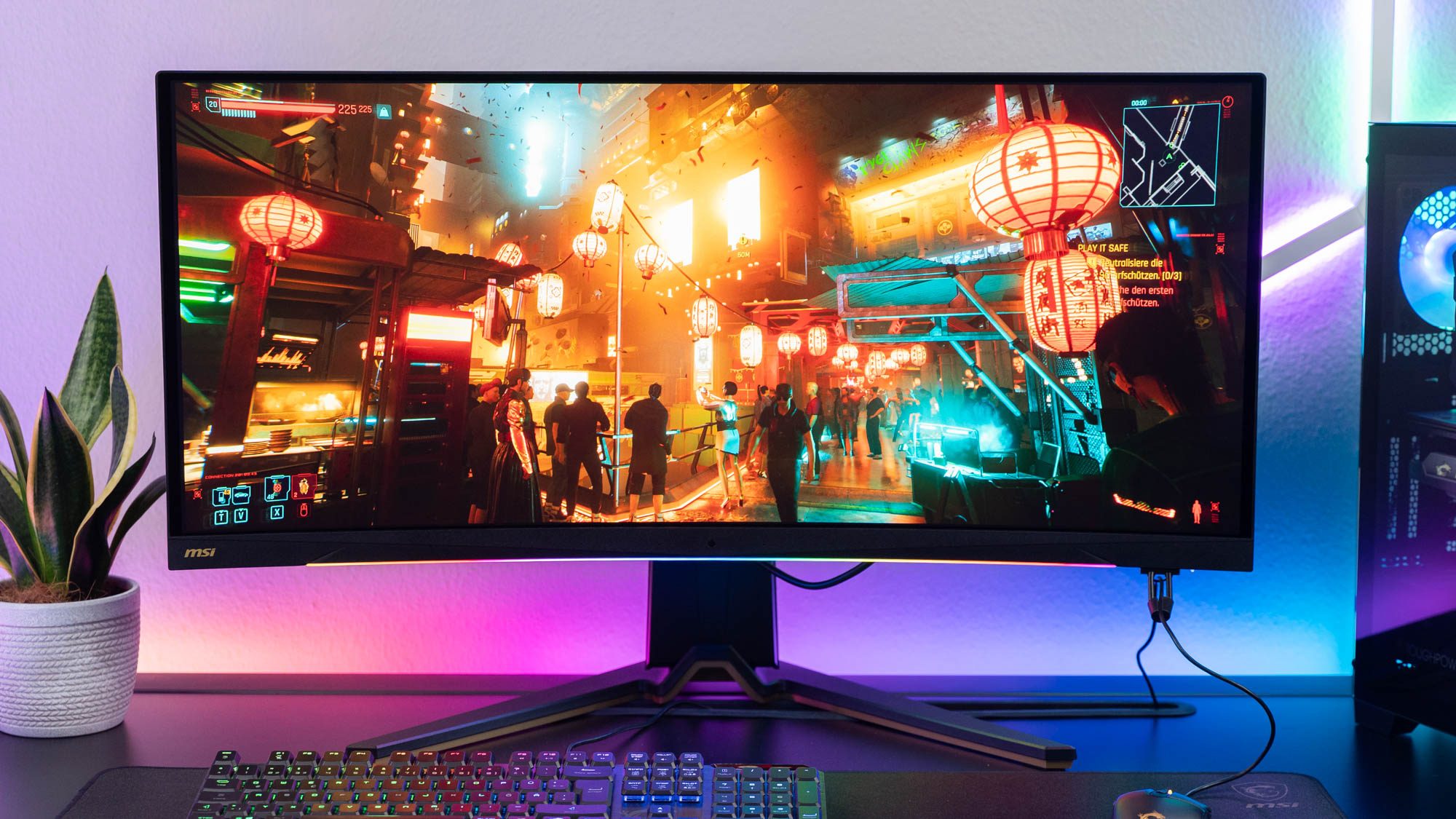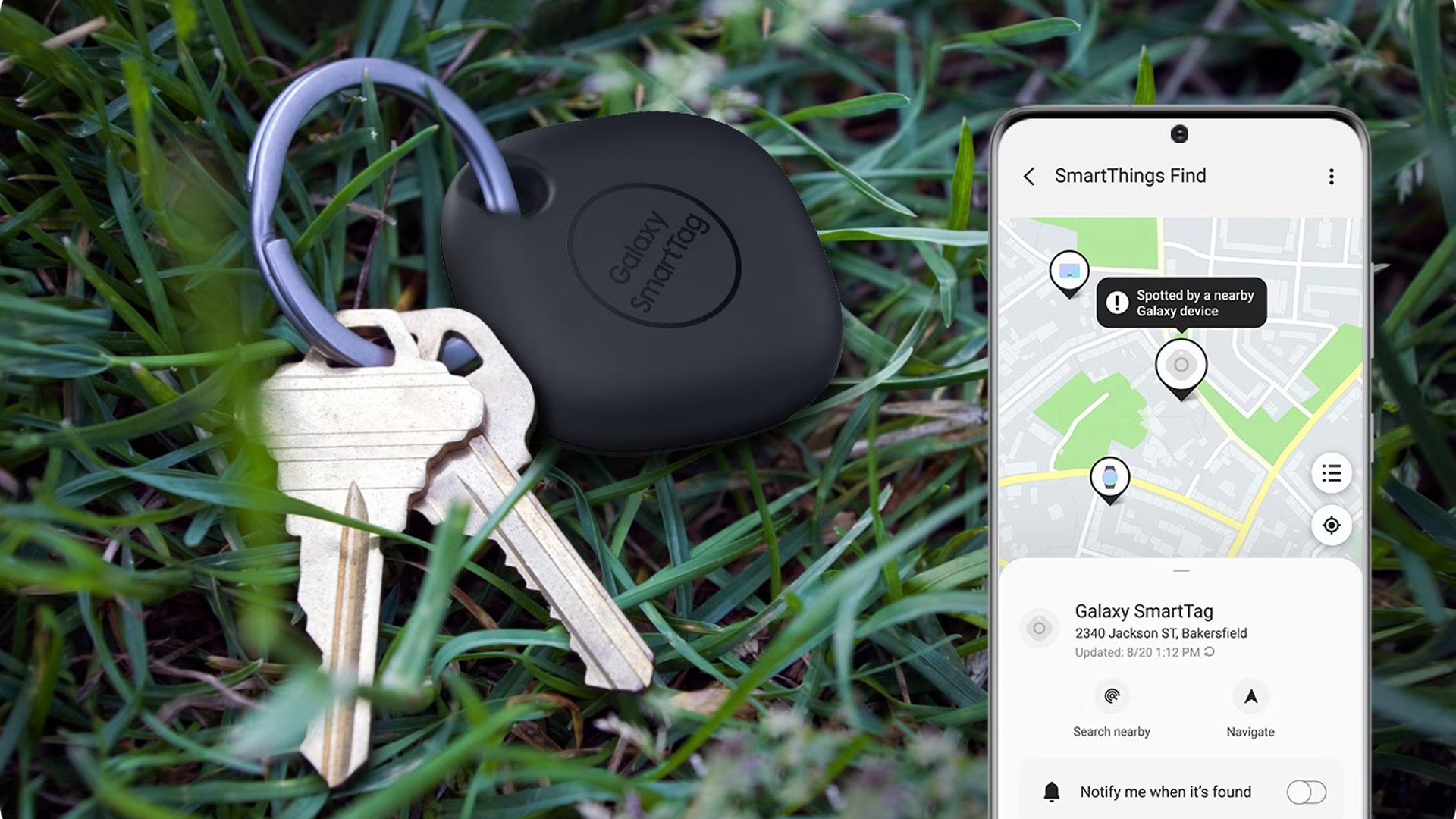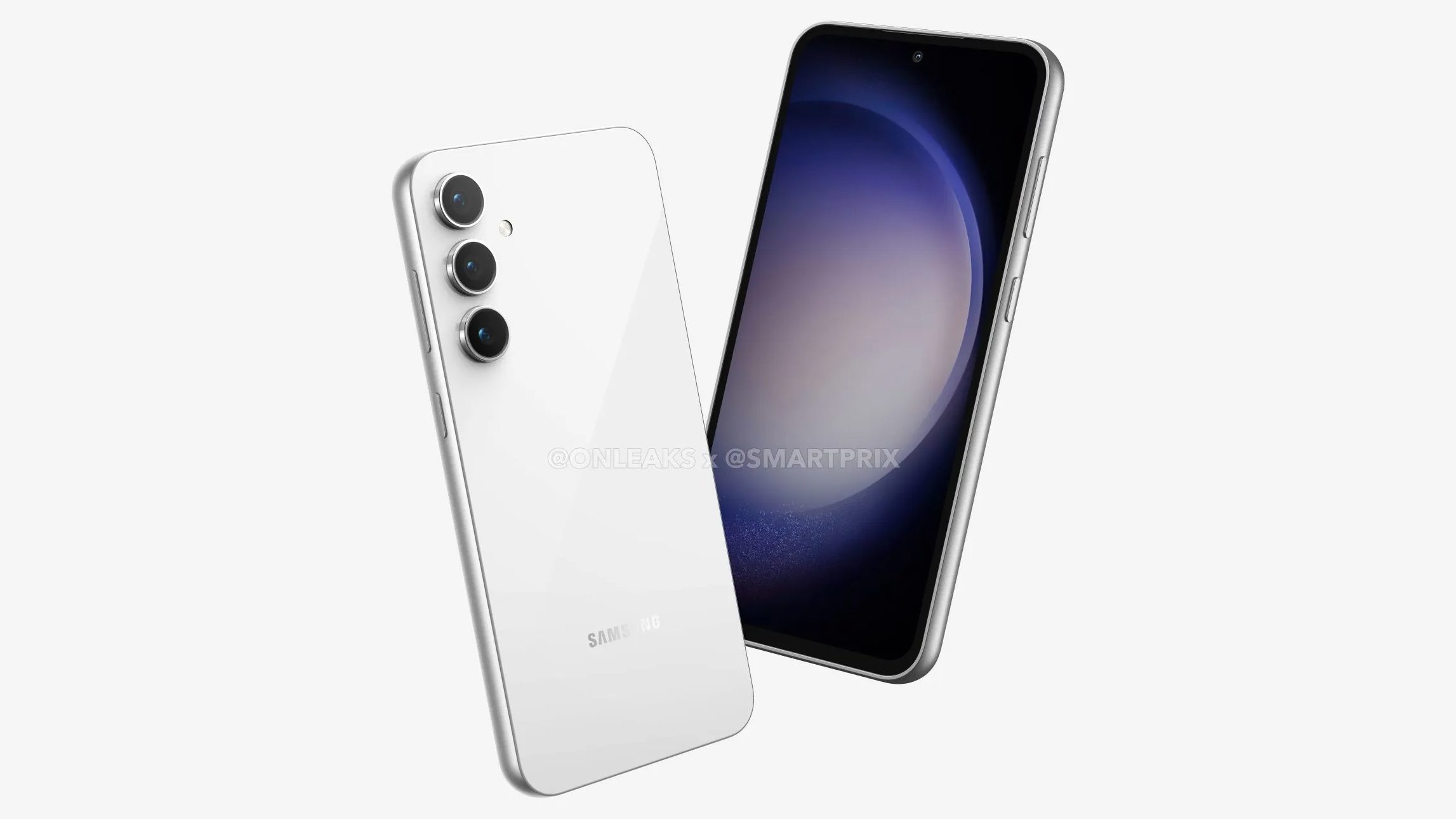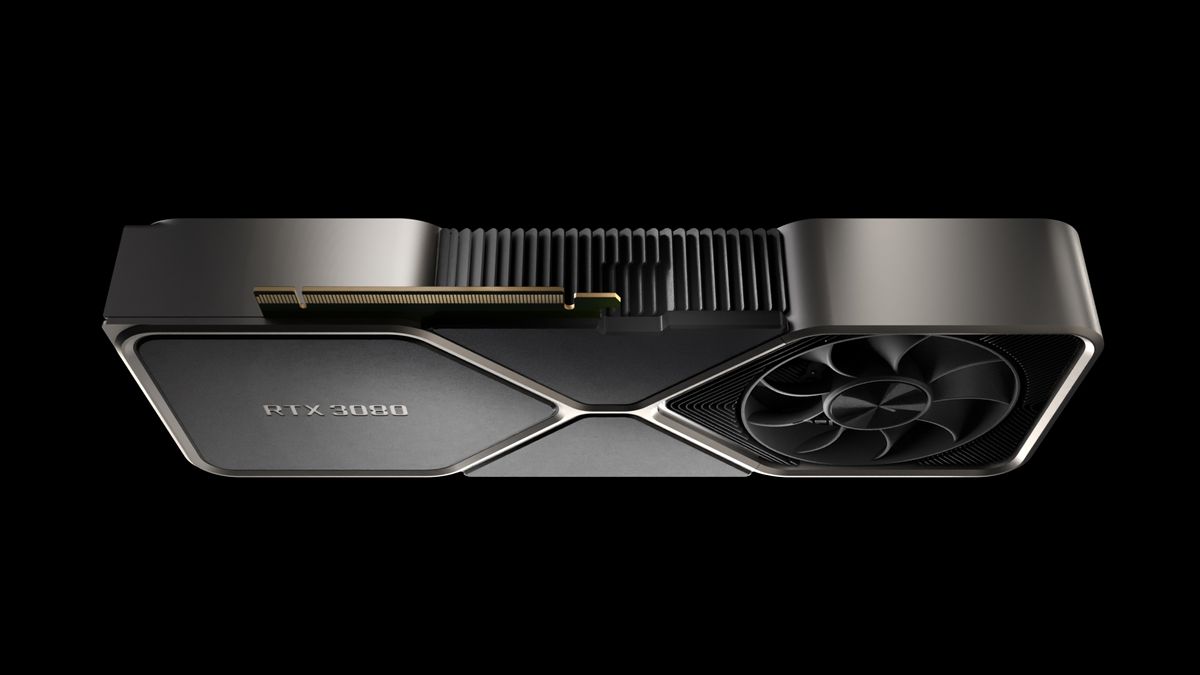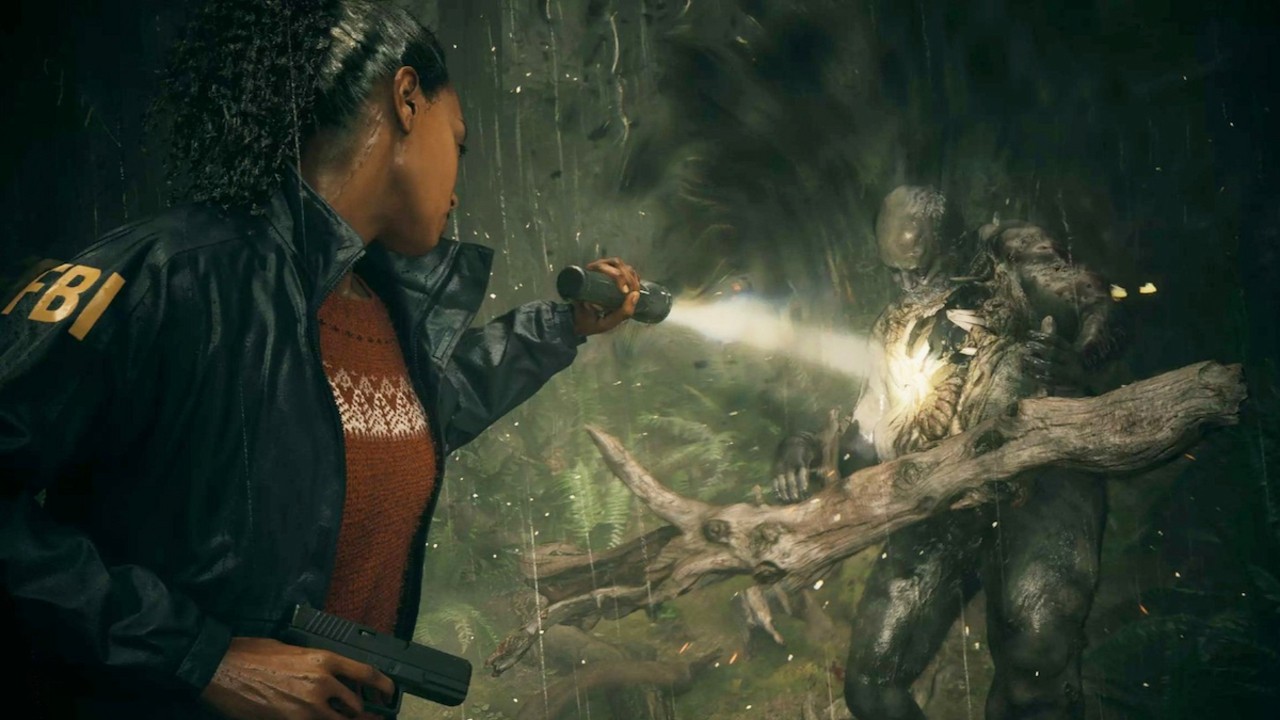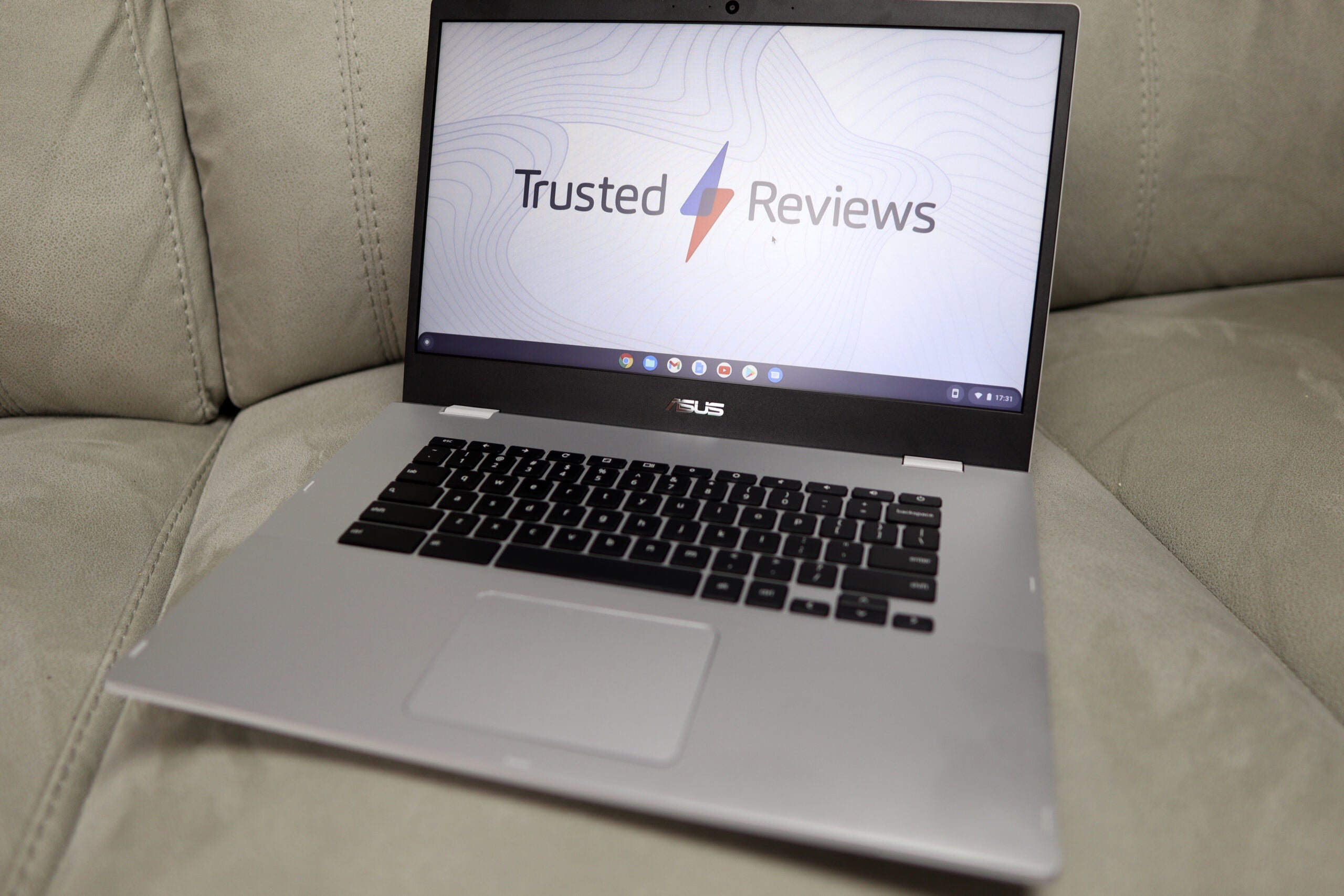Most modern cameras will shoot video to one degree or another, but these are the ones we’d look at if you plan to shoot some video alongside your photos. We’ve chosen cameras that can take great photos and make it easy to get great looking video, rather than being the ones you’d choose as a committed videographer.
Focused on photos: Nikon Z6

The Nikon Z6 is an excellent stills camera that also does a good job of shooting video. The Sony a7 III is also a credible contender and has a bigger battery, but we tend to find the Nikon’s autofocus performs slightly better in video mode and that it offers better separation between stills and video settings, making it easier to jump back and forth between the two styles of shooting.
Another camera worth considering is the Canon EOS R6, which has great image and video quality, an excellent image stabilization system and very good ergonomics. Rolling shutter can be an issue though, and video record times can be unpredictable if you’re shooting stills as well.
A balance of both: Fujifilm X-T4

The Fujifilm X-T4 has a smaller sensor than the Nikon but offers a more extensive set of video features, if you’re equally interested in both disciplines. It can capture 10-bit video internally in a choice of modes including Log, HLG or the attractive and flexible ‘Eterna’ color profile. Built-in image stabilization and the option to totally de-couple stills and video settings make the X-T4 a great lightweight stills and video package.
We considered the cameras below when picking our winner, and even though we think the Nikon Z6 and Fujifilm X-T4 are the best choices overall, the cameras on our short list are also worth considering.
Also consider:
The Panasonic Lumix DC-S5 is a full-frame mirrorless camera but in a body smaller than the Micro Four Thirds GH5. It includes updates to Panasonic’s DFD autofocus system, creative photo modes, and video features that come close to matching the more expensive S1H.
Nikon’s new entry-level mirrorless full-framer feels anything but entry-level. And it may well be the model best positioned to convert remaining F-mount holdouts to Z-mount.
The Sony a9 II didn’t make a huge splash in the industry when it launched, but it’s certainly left an impression on us. Read our full review to see why it’s got the best autofocus system we’ve ever seen.
The Olympus OM-D E-M10 IV is the company’s entry-level DSLR-shaped mirrorless camera. While it has a higher resolution sensor and new processor, its biggest focus is on selfies.







![Canon R5 / R6 overheat claims tested: Stills shooting, setup quickly cut into promised capture times [UPDATED]](https://i0.wp.com/4.img-dpreview.com/files/p/E~C227x0S3643x2732T200x150~articles/8653213690/Canon_EOS_R5_R6_overheat_testing005.jpeg?resize=200%2C150&ssl=1)













